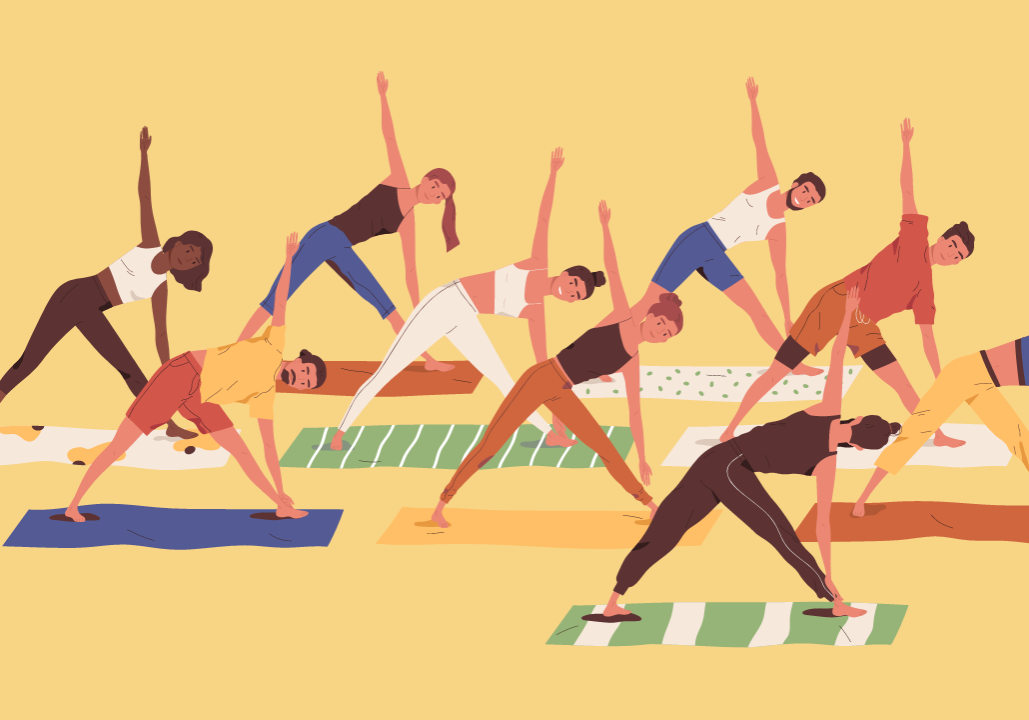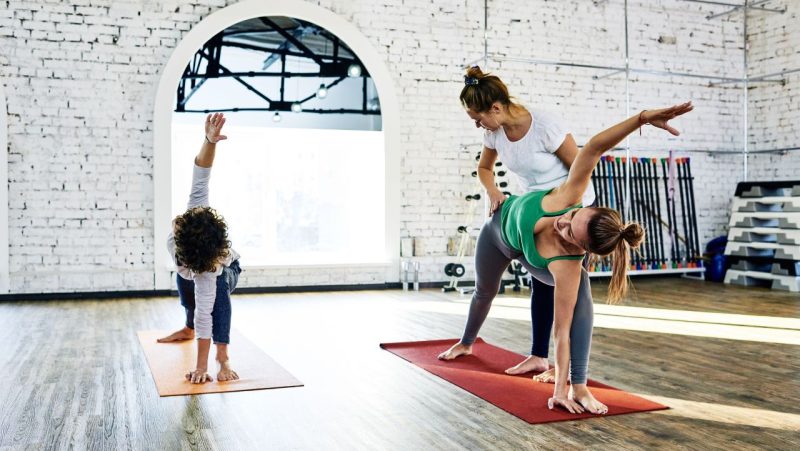
3 things I've learnt as a Yoga Teacher
Navigating the Challenges: The Joys and Realities of Teaching Community Yoga Classes - By Ellie Spear
Reading time: 3 minutes
After all the blood, sweat, tears and 200 hours of teacher training, the day finally arrived. Woo hoo! Getting that little piece of paper making it official is a dream come true for most yoga teachers who’ve likely spent years dreaming of the day, but it doesn’t start and end with training.
So now what?
There are three main options for newly qualified teachers wanting to teach group classes (not all trainees actually have the confidence or desire to teach groups). You can find a studio with an opening, get online, or hire your own space to teach.
Teaching at a studio is the obvious choice for a new yoga teacher and has the main advantage that, on the whole, you won't need to spend time and money advertising classes (NB: there are exceptions, so always check your contract). As advertising is time consuming, this can be a huge win for those without marketing know-how and a massive bundle of energy.
The other big bonus is regular pay. While it tends not to pay hugely well (around £20-£30 depending on the studio and location), there’s no initial outlay. You don’t have to max out your credit card to pay for a space or equipment up front, and you don’t need a website to get started. Quite the bonus if you’ve already spent all your savings on a costly yoga teacher training programme. Plus the weekly earnings of a studio yoga teacher are pretty stable, if not exactly six figures.
A lot of new teachers opt to share their offerings online, especially since the pandemic. This can work especially well for those who’ve built up an online following while training. While the initial outlay is bigger than teaching in studios, it’s far less than going it alone with your own in-person classes. You’ll probably want a paid Zoom package (or similar) but won’t need to hire an entire yoga space, and while you might need a set of props to demonstrate poses, you won’t need to buy enough for the whole class. Speaking of equipment, you can record decent quality videos on your smartphone. Win. But while it’s easy to set up, the competition is absolutely ferocious. With so many free and low cost classes with top instructors, it can be hard to make the numbers work as a newbie.
Hiring your own space to teach in is, without a doubt, the most financial and energy intensive option - you’ll need a budget to hire the space, buy props for students and ideally a website with bookings capability - and that’s before even thinking about marketing. But maybe, just possibly, it might offer the greatest reward.
The downlow
So what are the big takeaways from a month of teaching community yoga classes?
1. It’s never about making the big bucks
Teaching yoga really is something you do for the love, not the money. This might be controversial and, sure, there are people on Instagram looking pretty successful and affluent, but your average community yoga teacher is a completely different kettle of fish and quite possibly barely scraping by. Planning, practising and refining classes can also be incredibly intensive work for newbies keen to get it right. When you factor in time spent marketing classes too, the hourly wage isn’t so pretty.
2. Marketing your own stuff is hard with a capital H
Whoever said marketing is straightforward has never tried promoting their own yoga class. Putting yourself out there as a yoga teacher is without a doubt the hardest thing about teaching. And this is from someone with a professional background in marketing and PR. It’s just a totally different ball game when it’s your own thing. Designing and printing flyers is one thing, but actually delivering them when it’s your name and face at the page takes nerves of steel. Things that seem normal, like posting on Facebook groups, suddenly become weirdly awkward. Why? Because it’s just not easy doing marketing when you’re the product.
So why, if it’s all so hard, does anyone even teach at all?
3. Developing a small community of yogis you can truly help progress is the best feeling ever!
The buzz of teaching, the energy of the class, those relaxed smiling faces, that sense of achievement when you help a student nail a new pose or transition is really something else. That small but growing, committed group of budding yogis keep a teacher coming back. It’s what it’s all about.
Despite the challenges of marketing yourself, you get used to it over time. The effort for financial gain ratio gradually shifts (probably). Community yoga teaching might always be a passion project. But it’s a wonderfully fulfilling one.







